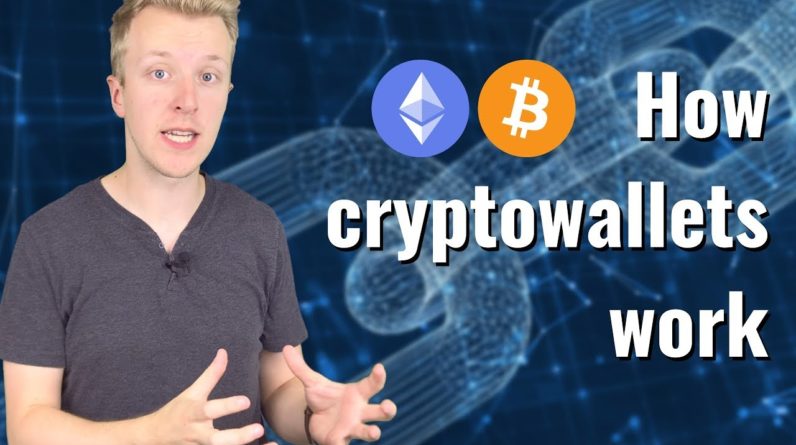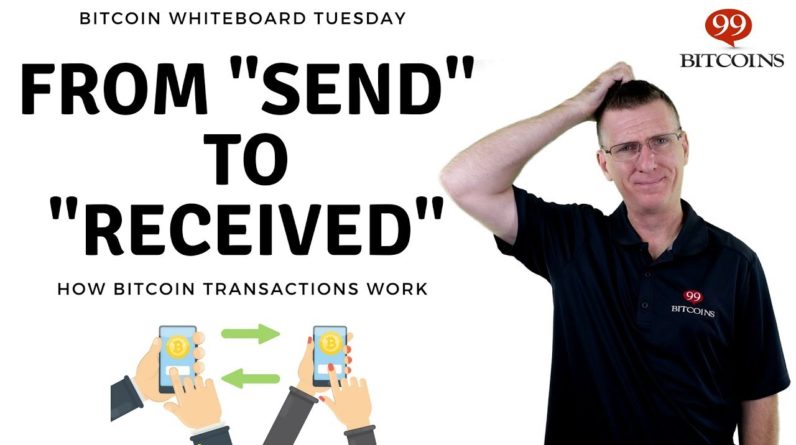
"How do Blockstream's Bitcoin satellites work?
What are their potential use cases?" "Blockstream runs five satellites orbiting the Earth, sending blockchain data to almost
any spot on our planet's surface." "Can you explain how this works in detail?" "Are the satellites real full nodes,
or do they just relay data from Earth?" "If they are full nodes, how are they updated?
What is needed to feed my full node with satellite data?" "What data are they broadcasting?" "Is it only the most recent blocks, or could
I do an initial blockchain download with it?" "Finally, where do you think
they will be adopted in the future?" "What is the potential for the API they
want to make available next January?" "Sorry for the amount of questions, but I hope you
can elaborate a bit on this really interesting topic." This topic is fascinating, but I think there is
a lot of misunderstanding and misinformation.
Part of that is due to the term "Bitcoin satellite." What you may imagine here is… a super-secret project
by a hidden trillionaire with lots of minions, who built rockets in order to launch special satellites
into space that say "BLOCKSTREAM" on the outside; within those satellites, there are little jars of cloned
matter and DNA retrieved from Satoshi Nakamoto… during the early stages of Bitcoin. [And that] using this clone data, Blockstream
grows miniature Satoshi Nakamotos in space, who re-write the software in orbit
in order to ensure its validity. All right. That is not really what is happening.
Also, they are not really "Bitcoin satellites." Blockstream didn't launch satellites,
and those satellites are not full nodes.
We have [moved away from reality],
so let's take this back down to earth. That is where [most] of it happens. The Blockstream satellite project is basically the leasing
of broadcast bandwidth on specific frequencies, from commercial communication satellites
that lease frequencies to providers. Blockstream can use these leased frequencies to
transmit a signal to the satellites from ground stations, which is then repeated. This is an encoded signal that contains blocks
and transactions, broadcasted from the ground, which are then bounced off satellites
and transmitted to Earth. In order to use this, you need a relatively
[common] commercial TV satellite dish, in the areas where they have coverage. This is just a regular dish; I have seen
people repurpose their DIRECTV dish. You will need to change the transceiver, the little
piece of electronics sitting in the focal point… of the parabolic dish that receives
the signal from the satellite. Those are relatively inexpensive. You can connect
that to a software-defined radio via coaxial cable.
It is a software-based, broadband radio receiver that can
take the entire coaxial signal and signals being fed in, and can extract the encoded data from that which
Blockstream is transmitting from ground stations. Specifically, that is done through leased commercial
satellites. So there are no Bitcoin full nodes in space. That is not what is happening,
though someone did suggest doing so. It was a project led by Jeff Garzik, one of the
earlier Core developers, but it failed unfortunately. It would have been interesting [to install Bitcoin
nodes in space], but that is not what is happening here. If you want to [participate], you can buy
the necessary equipment for about $150: the software-defined radio, the transceiver,
and re-purposed or second-hand satellite dish.
You can do that and it is a lot easier in a stationary environment, where you can carefully calibrate… and point the dish in the right direction. I have seen people try to do it on vans and other
mobile units, but unless you spend [at least] $3,000… for a motorized satellite tracking system
to follow the satellite as you move around, you need to spend twenty to thirty minutes re-calibrating
and pointing the antenna in the right direction. It is not easy. If you have ever [set up] satellite TV,
then you know [how difficulty it can be]. What is [the satellite feed] useful for?
It is useful for receiving Bitcoin information, keeping a node synced, and validating transactions in
an environment where you are under heavy censorship, or where there is significant risk to anyone seeing you
exchanging such traffic with the rest of the world. Imagine an environment where you are in a war-zone,
a refugee center, or an area in the middle of civil war. Disguising a satellite dish is fairly easy. You can
put it in a location so that it is not visible from… anywhere, not even from the sky.
You can camouflage the fact that it is a dish,
and [start] receiving this information [about Bitcoin]. That makes it a very powerful tool.
It increases censorship-resistance. At the same time, transmitting the signal out to the
satellite can be done from a number of commercial… ground stations, including setting up a giant
private dish to point towards the satellite. The uplink can be leased in different countries,
so you can have quite a bit of resilience there. You can't do an initial blockchain download with it,
you can only get up-to-date blocks and transactions, but it is still extremely useful. If you want to ensure that what you are receiving is real,
other than the proof-of-work that can't be forged, if you want to cross-check
[the data] against something else, then you need to set up an alternative mechanism
[for receiving blockchain data] and compare the two.
For example, you could download a smaller
amount of blockchain data off a modem, VPN, or some other communications medium. [Now you can] cross-check with another
node that the blocks you received [are valid]. You could just download the block headers
off a modem, then download the full blocks… with all the transactions from the satellite. That can be very useful in an environment
where you have very limited bandwidth. I wish this was a series of Blockstream satellites
in geo-stationary orbit, with rows of jars inside… holding cloned DNA of Satoshi Nakamoto, [creating]
mini-Satoshis which will be raised by robots… to re-code the Bitcoin Core software in
space with their cute little keyboards, while being fed algae grown under ultraviolet light,
but that is not exactly how it works..




